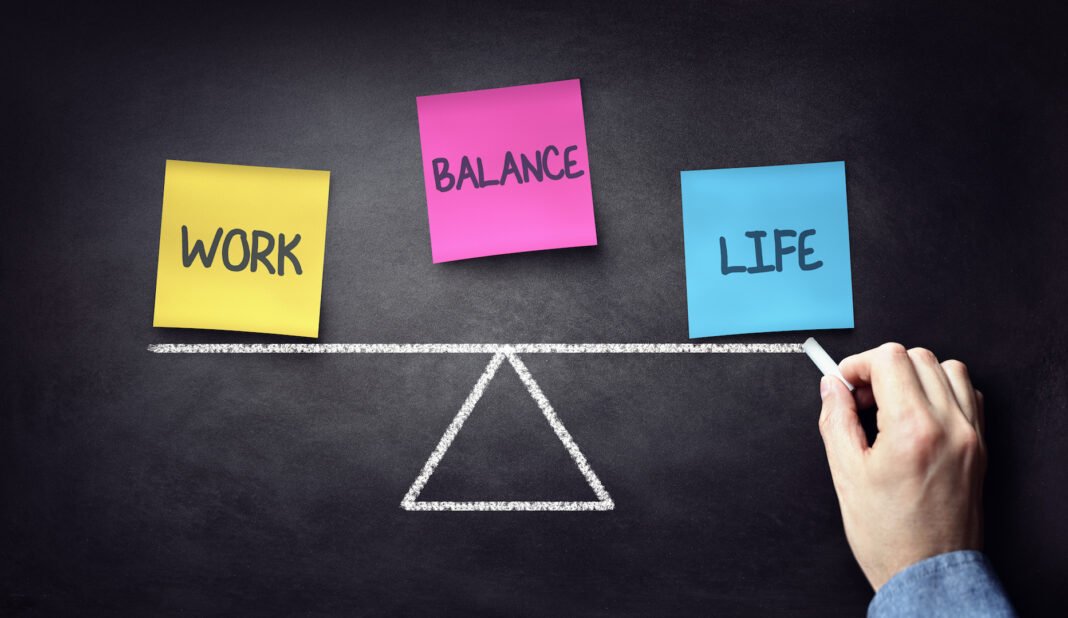In today’s fast-paced and hyperconnected world, achieving a healthy work-life balance has become more challenging than ever. Many of us find ourselves constantly juggling the demands of our careers and personal lives, often feeling overwhelmed and burnt out.
The Importance of Work-Life Balance
Before we delve into the strategies for achieving work-life balance, let’s understand why it’s so crucial. A harmonious work-life balance offers numerous benefits, including:
Improved Mental and Physical Health: Overworking can lead to stress, anxiety, and burnout, which can take a toll on both your mental and physical health. Achieving balance helps reduce these risks and promotes overall well-being.
Enhanced Productivity: Counterintuitively, working excessive hours can decrease productivity. A balanced life allows you to recharge and return to work with renewed energy and focus.
Better Relationships: Neglecting personal relationships due to work commitments can strain relationships with family and friends. A balanced life enables you to nurture these connections.
Increased Job Satisfaction: When work dominates your life, it can lead to job dissatisfaction. Striking a balance ensures that you enjoy your job and have time for other interests.
Now, let’s explore some practical strategies for mastering the art of work-life balance:
Prioritize Your Well-being
Your well-being should always come first. Schedule regular exercise, maintain a balanced diet, and ensure you get enough sleep. Prioritizing your physical and mental health provides the foundation for a balanced life.
Set Clear Boundaries
Establish clear boundaries between work and personal life. Define specific work hours and stick to them. When your workday ends, disconnect from work-related emails and calls. This separation is essential for maintaining balance.
Learn to Say No
Many of us struggle with saying no to additional work tasks or social commitments. However, overextending yourself can lead to burnout. Politely decline requests when necessary to protect your time and energy.
Delegate and Outsource
Don’t be afraid to delegate tasks at work or seek help with personal responsibilities. Whether it’s at home or in the office, sharing the workload can free up time for activities that matter most to you.
Plan Your Time
Use time management techniques such as creating to-do lists, setting priorities, and blocking out specific time slots for tasks. Planning your time efficiently can help you accomplish more in less time, leaving room for personal activities.
Embrace Technology Mindfully
While technology can be a double-edged sword when it comes to work-life balance, use it wisely. Leverage apps and tools for task management and communication, but also set limits to prevent constant connectivity.
Cultivate Hobbies and Interests
Devote time to hobbies and interests outside of work. These activities provide relaxation and fulfillment, making you feel more balanced and content.
Take Regular Breaks
Avoid continuous work marathons. Take short breaks throughout the day to recharge. Even a few minutes of stretching or deep breathing can make a significant difference in your overall well-being.
Communicate Openly
In both your professional and personal life, maintain open and honest communication. Share your boundaries, needs, and expectations with your colleagues, superiors, and loved ones. This can prevent misunderstandings and conflicts.
Reflect and Adjust
Regularly assess your work-life balance. Reflect on what’s working and what needs improvement. Be willing to make adjustments as your priorities and circumstances change.
Conclusion
Mastering the art of work-life balance is an ongoing process that requires self-awareness, commitment, and flexibility. It’s about finding harmony between your career and personal life, ensuring that you live a fulfilling and well-rounded life.

